The trucking sector is going through a major paradigm shift due to the ongoing digitization of the industry and the increased transparency resulting from the digitization and the launching of a trucking forward and freight futures market. It’s now three-dimensional market comprised of the spot, forward and trucking freight futures markets. As the trucking forward and futures markets gain traction, the three markets will become increasingly more interrelated.
Forward Market
The forward market is being established where shippers place “buy” orders to procure future trucking capacity anywhere from two weeks to six months plus out and carriers place “sell” orders to provide trucking capacity to shippers in the same time frame. As opposed to the existing non-standardized RFP based contract market, forward contracts are binding and based on a standardized contract. They provide guaranteed load volume/trucking capacity and rates to shippers and carriers, and the contract rates can be hedged via trucking freight futures.
Trucking Freight Futures Market
The trucking rate futures market was launched at the end of March 2019 on the Nodal Exchange. The underlying rate, which the futures markets track, are indices produced by DAT and updated daily. There are seven directional lanes and four calculated indices, each with a 16-month series. Trucking freight futures provide a trucking rate volatility hedging tool for trucking carriers, shippers and third-party logistics (3PL) providers, allowing them to lock in a trucking rate today for up to 16-months in the future. What does this mean for trucking carriers, shippers and 3PLs? Due to this increased transparency, trucking rates will become more volatile, will change more frequently and will be increasingly influenced by changes in the trucking forward and freight futures markets. Carriers and shippers will be able to see changes in trucking rates around the country in all three markets on a more “real time” basis, causing rates in their lanes to adjust much faster.
Trucking freight futures provide a very effective way to hedge trucking rate risk, and the forward market provides a hedge to lock in guaranteed rates and load volume and trucking capacity on a multi-month basis. There are also viable cross-market hedging and profiting strategies that can be executed on in conjunction with the trucking forward and futures markets.
3-Dimensional Execution
The new three-dimensional market provides new ways for market participants to mitigate trucking rate risk, determine trucking rates and pricing and to procure trucking capacity or access load volume. The successful companies in this new market will be those that learn to engineer execution strategies via combined solutions from each of the three markets. Regardless of whether a market participant ever uses binding forward and or trucking freight futures, it will need to stay current on the pricing trends in both the trucking forward and freight futures markets as spot market rates in their lanes will be affected by both.
Technology is spawning hybrid markets in many sectors. The successful logistics planner will be the one who understands these emerging markets. To stay informed on this and many other Logistics topics, subscribe to our blog.
Free Assessment, call 732-899-4242


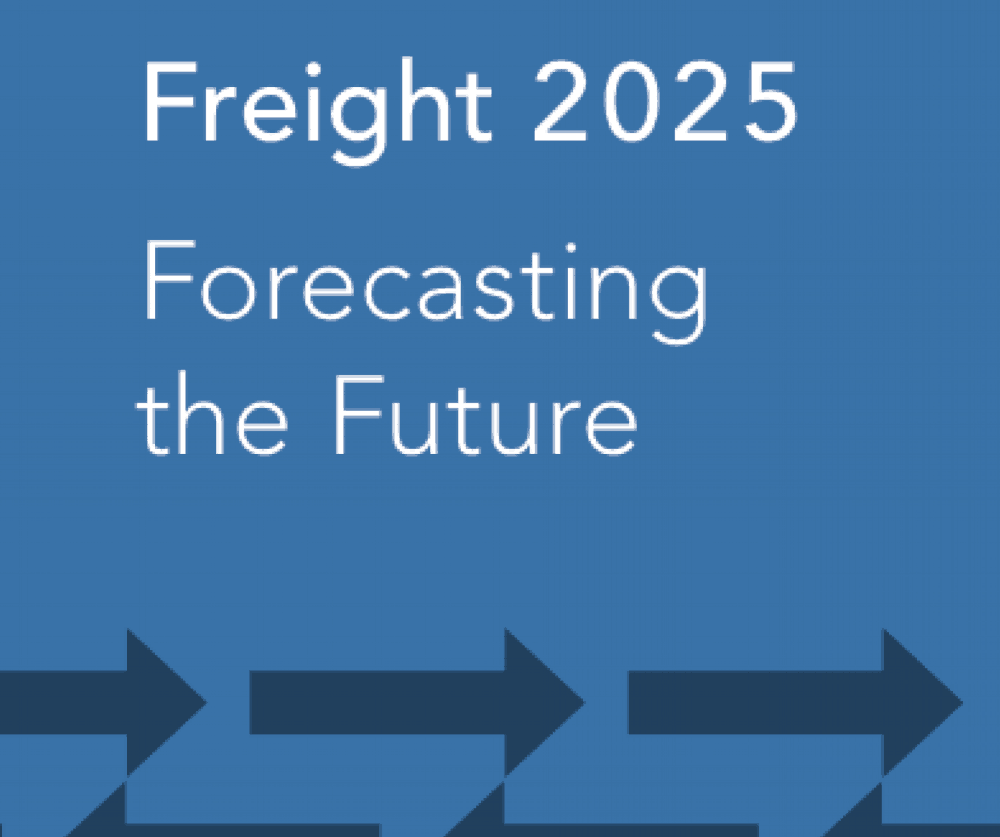
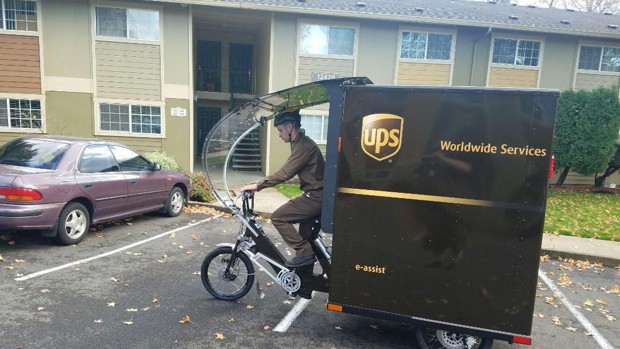
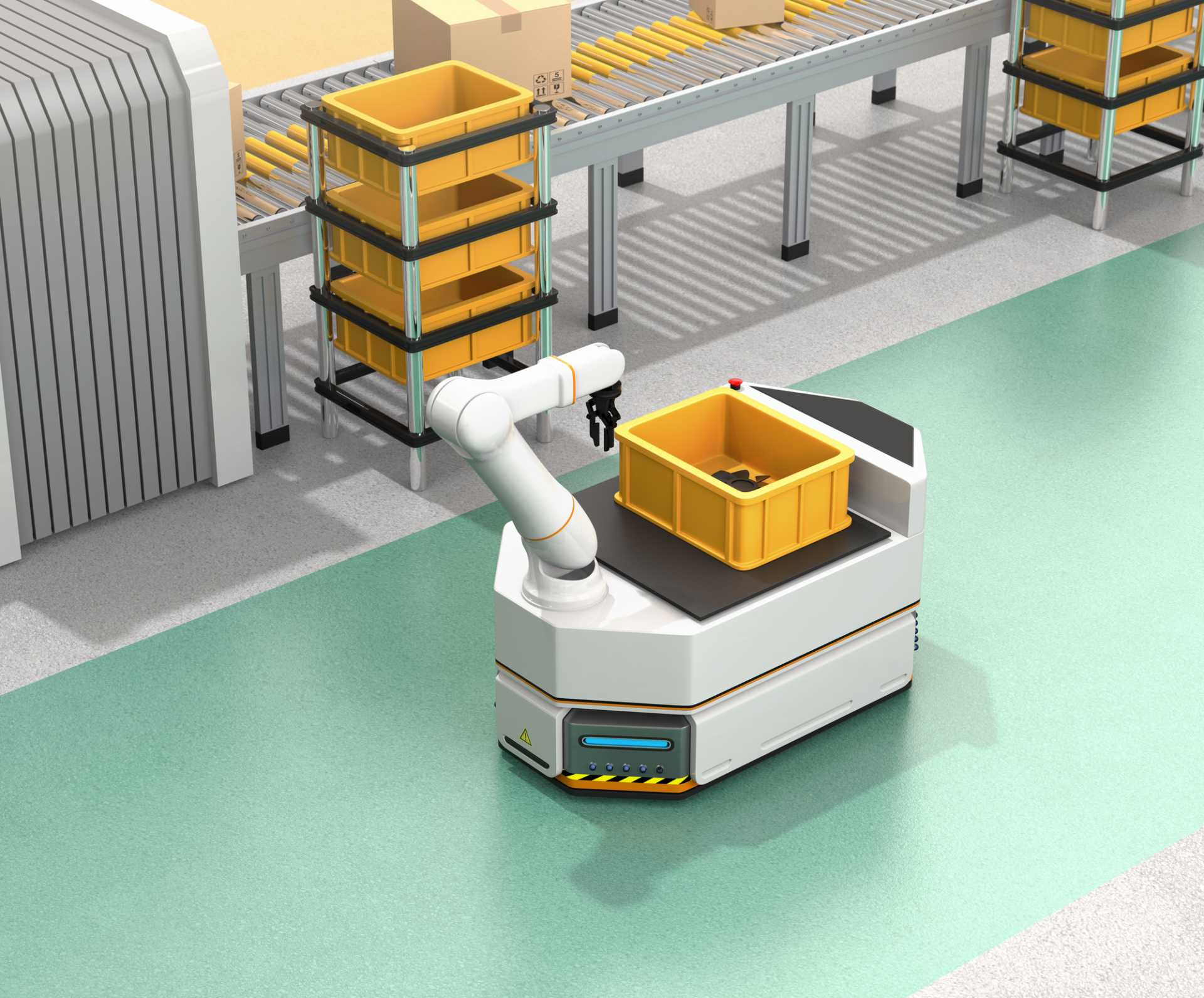

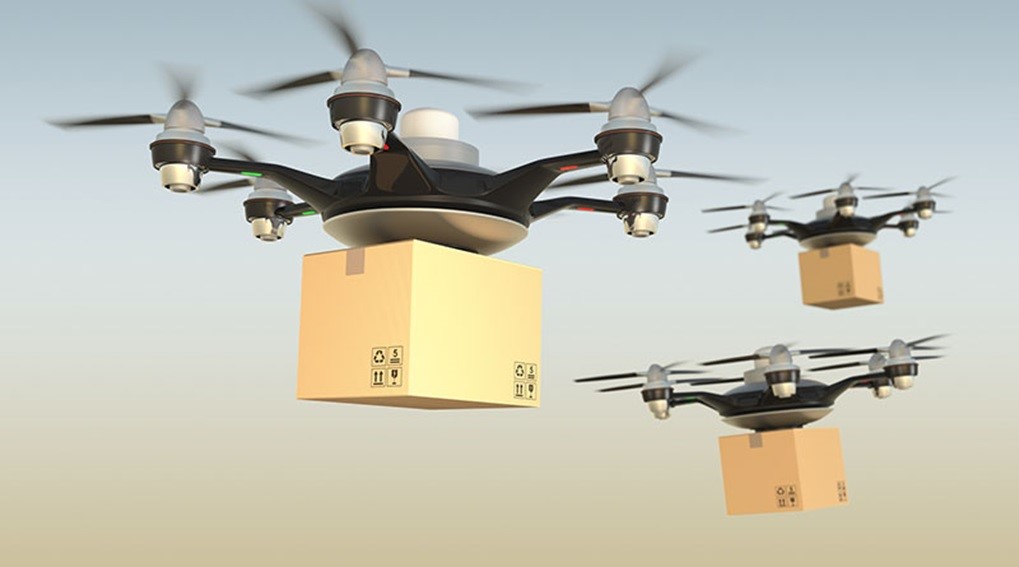
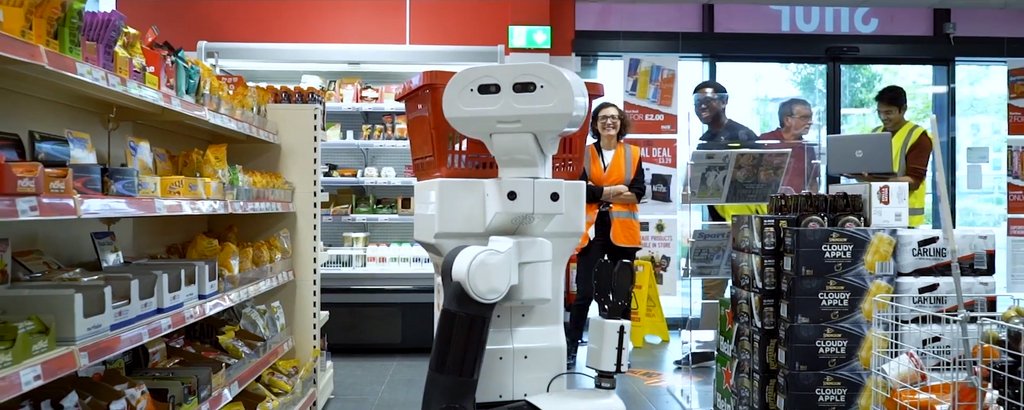
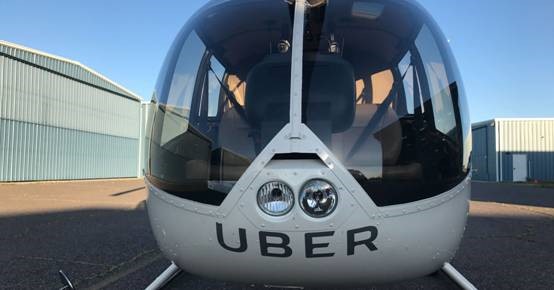
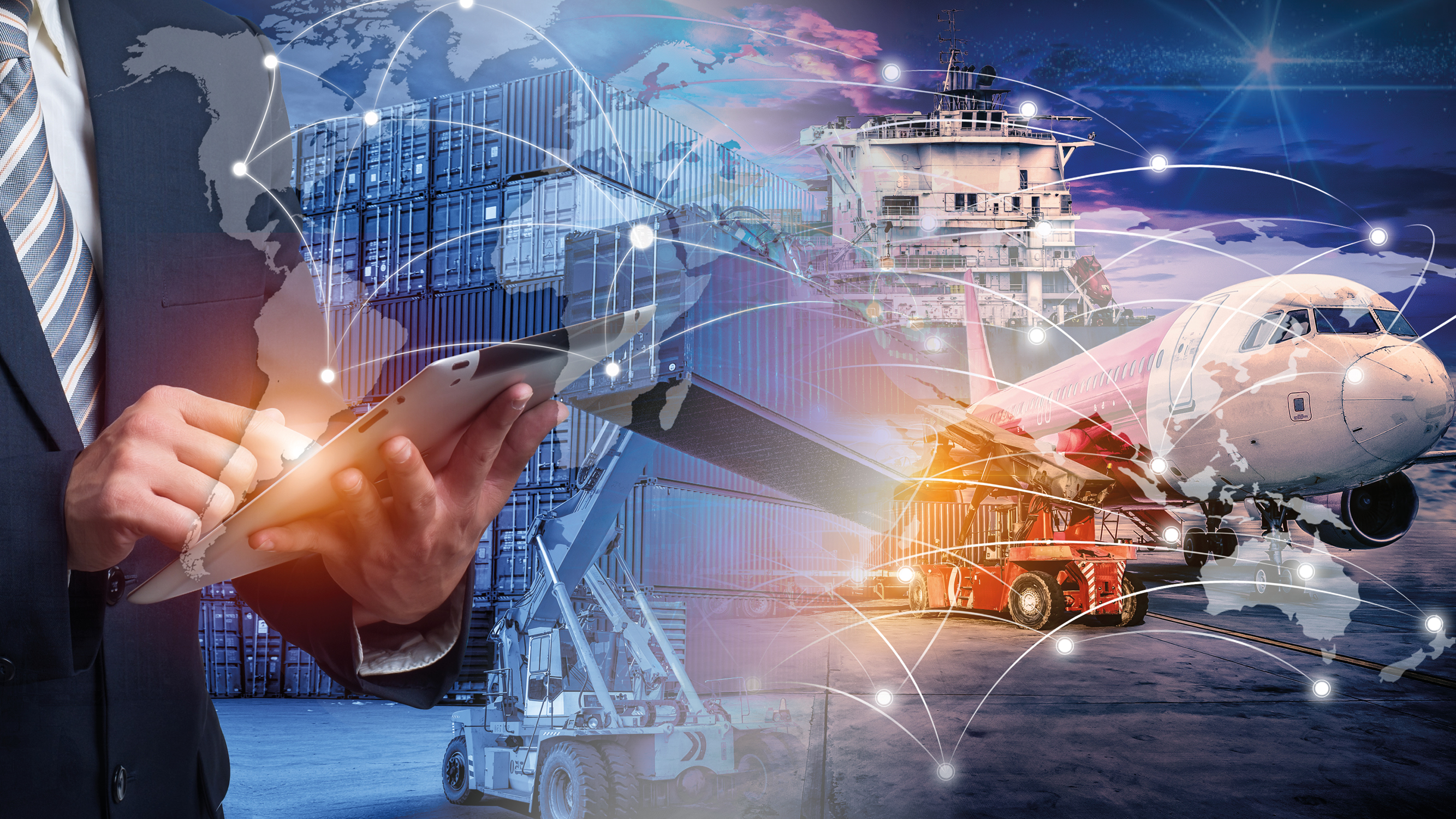
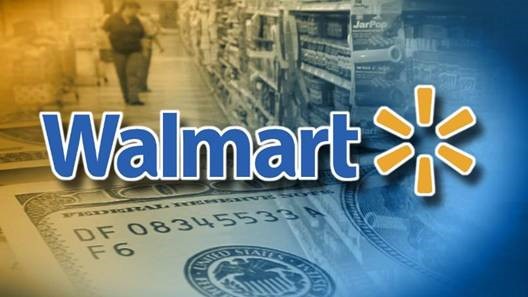

 Land-Link, a well respected professional organization, has been providing its clients with effective transportation and logistics solutions since 1978.
Land-Link, a well respected professional organization, has been providing its clients with effective transportation and logistics solutions since 1978.

